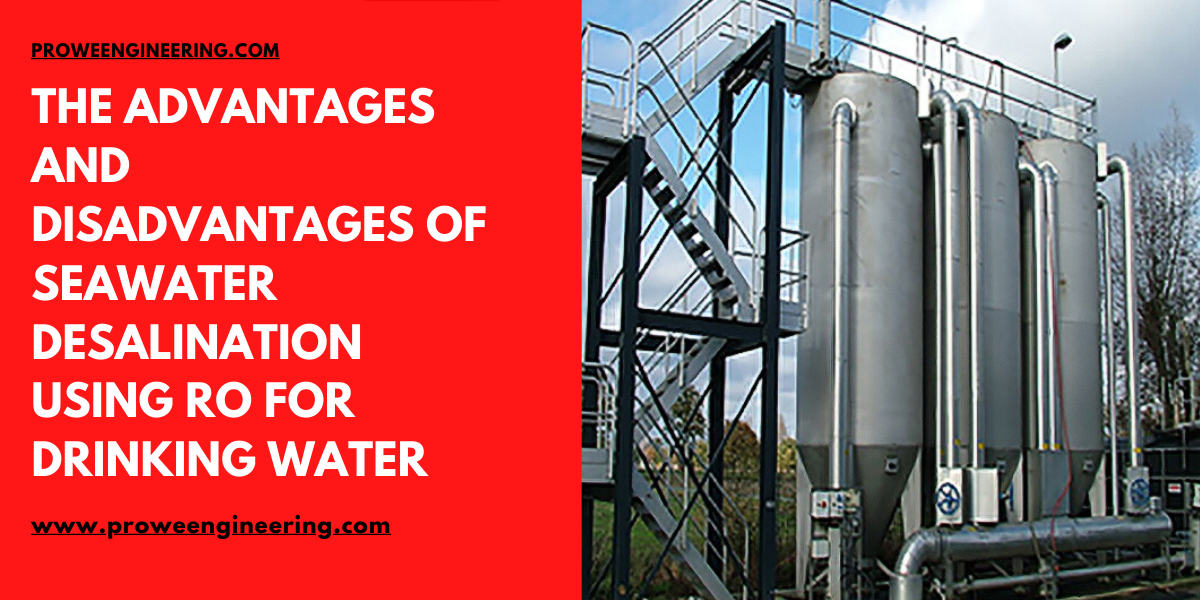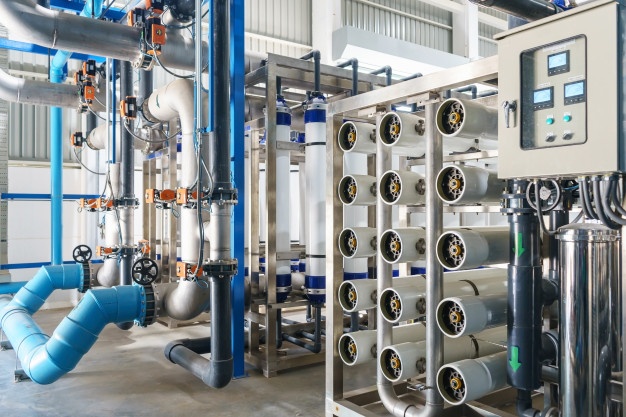Let’s have a look at some of the advantages and disadvantages of reverse osmosis saltwater desalination for drinking water.
Advantage
Systems that are modular
In order to decrease capital expenditures, modular systems are intended to be compact and easy to transport and install. They are ideal for municipal or commercial drinking water applications (such as hotels) where space is restricted yet a high number of people must be served.
Sources of drinking water are being expanded.
The impetus behind desalination. Being more environmentally conscious of the status of our present water supplies is critical, but alternatives are also necessary when they are accessible. The ocean happens to be a very large alternative. With the world’s seas as a feasible source of drinking water, humanity’s most valuable resource would be multiplied exponentially. Keep in mind that the seas contain 95 percent or more of all the water on the planet.
Increased yield
The only other type of desalination treatment that is currently in use is thermal desalination. It operates similarly to the water cycle, evaporating water into steam and condensing it to create clean water. This method is highly successful at eliminating undesirable particles, however collecting and condensing steam is wasteful and gives significantly lower clean water yields than RO. Thermal procedures would require approximately three times the amount of saltwater for the same output volume of water.
Water that is extremely pure
The water after reverse osmosis is so clean that we have to add minerals back into it. The procedure removes the minerals in water that people require, as well as the flavours we are accustomed to. As a result, the post-remineralization process handles this and controls pH.
disadvantage
Pretreatment is required.
Membranes for reverse osmosis are extremely sensitive. As a result, until a more resistant membrane material is produced, pretreatment is a must. Without it, the membrane might become virtually ineffective, reducing yield or creating polluted water. Particulate debris might be deposited on the membrane if saltwater is not adequately prepared. These pollutants interfere with appropriate membrane flow and pressure, raising operational costs.
Increased energy use
Because reverse osmosis systems operate on a constant flow basis, fluids are constantly pumped and pressure is constantly applied to the cylindrical membrane vessels. In certain systems, the necessary pressure might reach 1000 psi (69 bar). The osmotic pressure energy held in the concentrate solution, on the other hand, may be recovered and used to lower total energy expenditures. The rotary pressure exchanger is a standard technology. Influent saltwater is compressed by pistons within exchanger channels depressed by the high-pressure concentrate reject stream from the RO unit.This reuse of kinetic energy from the brine water can reduce the energy cost efficiently.
Can Be Expensive for Developing Countries
Regardless of energy savings, many countries across the world lack the capacity and resources to build and manage desalination facilities. Seawater desalination produces drinking water that is generally more expensive than treated groundwater, brackish water, or surface water sources.
For more information about Seawater Reverse Osmosis Malaysia, please visit https://www.proweengineering.com/







